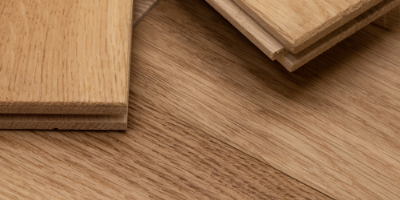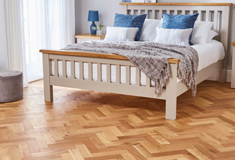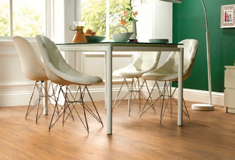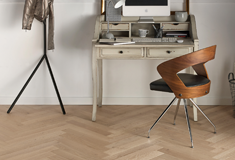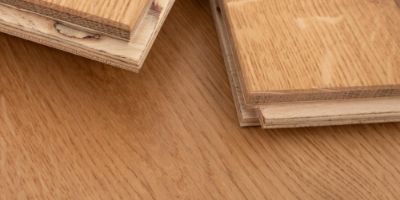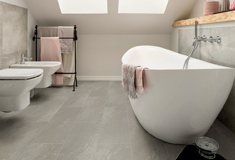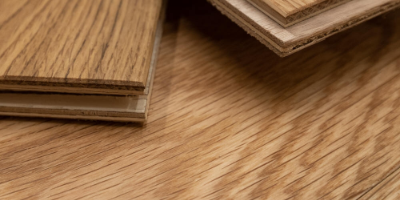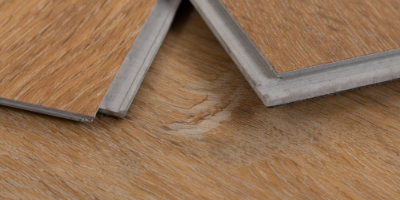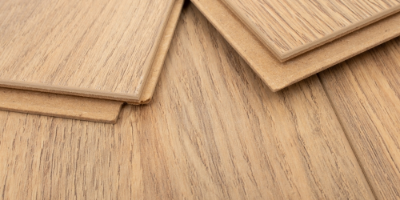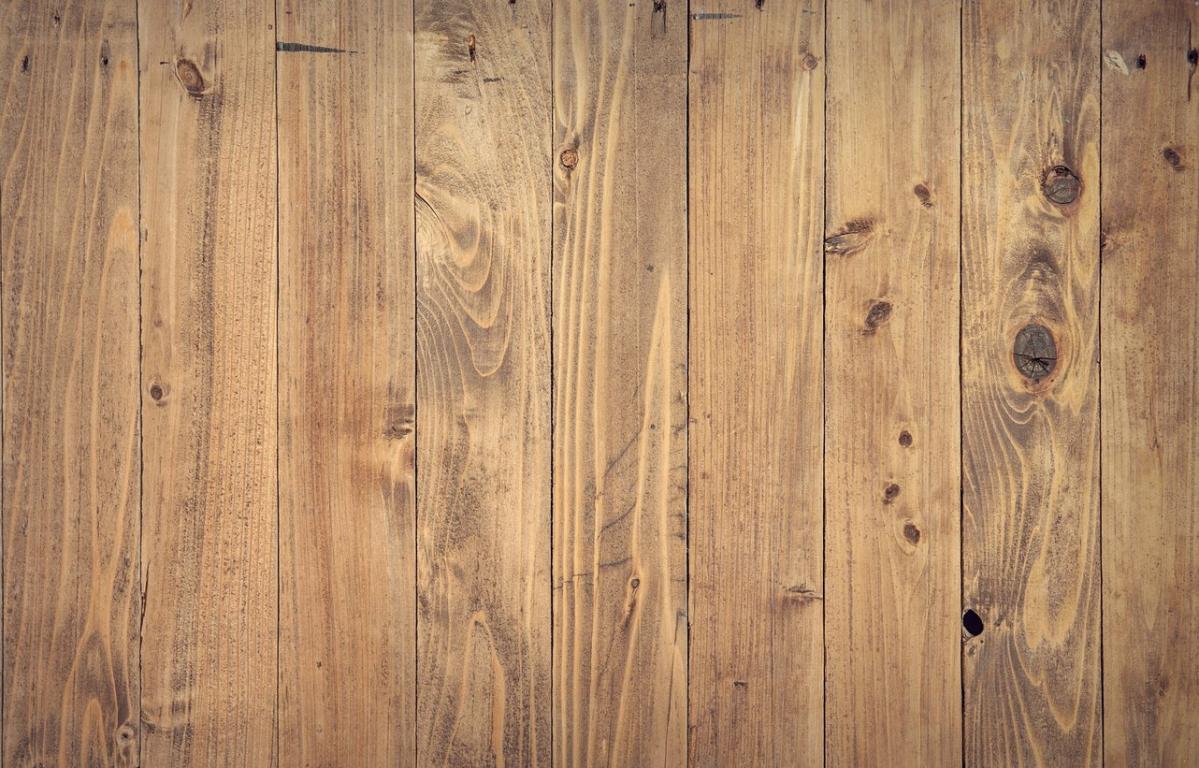Maintaining Your Oiled Wood Floor
If you have purchased a solid or engineered wood floor, you may notice that over time it has started to look a little worn and tired. Well, fear not! Re-oiling your floor can help bring it back to life, while adding further stability in the process. As you can imagine, one of the most common questions that we are faced with is “how often should the floor be oiled?”, the truth is; there’s no certain answer. It all depends on personal preference, many wood flooring owners may state that they love the character that an old floor offers, whereas others prefer theirs to look fresh and new wherever possible.
As a guideline, we would recommend that you oil your floor every 2-3 years. However, some floors may require treating more frequently, for example every 12 months, it’s hard to call as each floor is different. The rate in which a floor does require oiling entirely depends on the kind of home that it is installed in. If you live in a busy home with heavy footfall, this obviously means that the floor will require cleaning more often and each time that you clean a floor a bit of the oil will be taken off of the surface. So in a nutshell, the more frequently that you clean a floor, the quicker that the oil will wear away. In most instances, manufacturers recommend oiling your floor straight after installation, this is because of the process of getting it to you in the first place. So by oiling it as soon as it is installed, you’re giving it the best possible start to life in your home.
Preparation
When it comes to the act of oiling your floor, there are a number of steps and precautions to take to ensure that you’re doing it right. Even the preparation of your floor before the act of oiling it is crucial, it is recommended that a floor is always sanded before being oiled. This process especially applies if you’re replacing a lacquered finish with an oiled one, due to the change in surface for the wood. Sanding a floor before you oil it also means that you open up a new surface layer, this allows the oil to seep through to the grain much easier than just applying it to wood that hasn’t been sanded. If, however, you are only re-coating an oiled floor that has been recently sanded, then it isn’t really necessary to sand your floor, but it is worth noting that some quality may be lost. When sanding your floor, you should use at least a 120 grit sandpaper or if you are wanting a professional sanding, then hiring a sander is always advised. After sanding it is always useful to mop your floor to reduce the amount of dust that may stick to the surface. The floor should then be left to dry, this also gives any excess dust time to settle into the flooring.
Oiling:
Once this preparation has been completed you are now ready for the actual act of oiling the floor. First of all, you need to make sure that the oil you have is properly mixed to ensure that there are no pigment lumps in the solution itself. Once you have given it a mix, leave it to settle for a couple of minutes to ensure that the air bubbles disappear before it comes to using it. Once the oil is ready, you should use either a micro fibre roller or a natural bristle hard quality brush to start spreading the oil on your floor. One thing you should definitely plan is how you are going to leave the room, if not could get pretty messy! We would advise you to start by oiling the corners and work your way towards the exit. The oil should be spread evenly using a feathering technique to ensure that no brush marks are left behind. If you are wanting a more polished finish, then you can buff the floor using a buffer which will create a very smooth surface, which will further reflect the light. When the oiling or buffing is completed, you need to wipe away any excess oil using a soft cloth. This ensures that no puddles of oil are left to rest on the woods surface. The first coat should be left to dry for around 12 hours before repeating the same process. You only need to apply 2 coats of oil and after the second coat the floor should be left for a further 12 hours to dry and settle.
So there you have it, your very own Luxury Flooring guide on how to maintain your oiled floor! Why not let us know how you get on, or share any tips and tricks that you may have.
Have Your Say
Leave a comment down below and share your own tips and tricks!
Find us on Facebook, Twitter, and Instagram for more news, blog posts, and great content.

